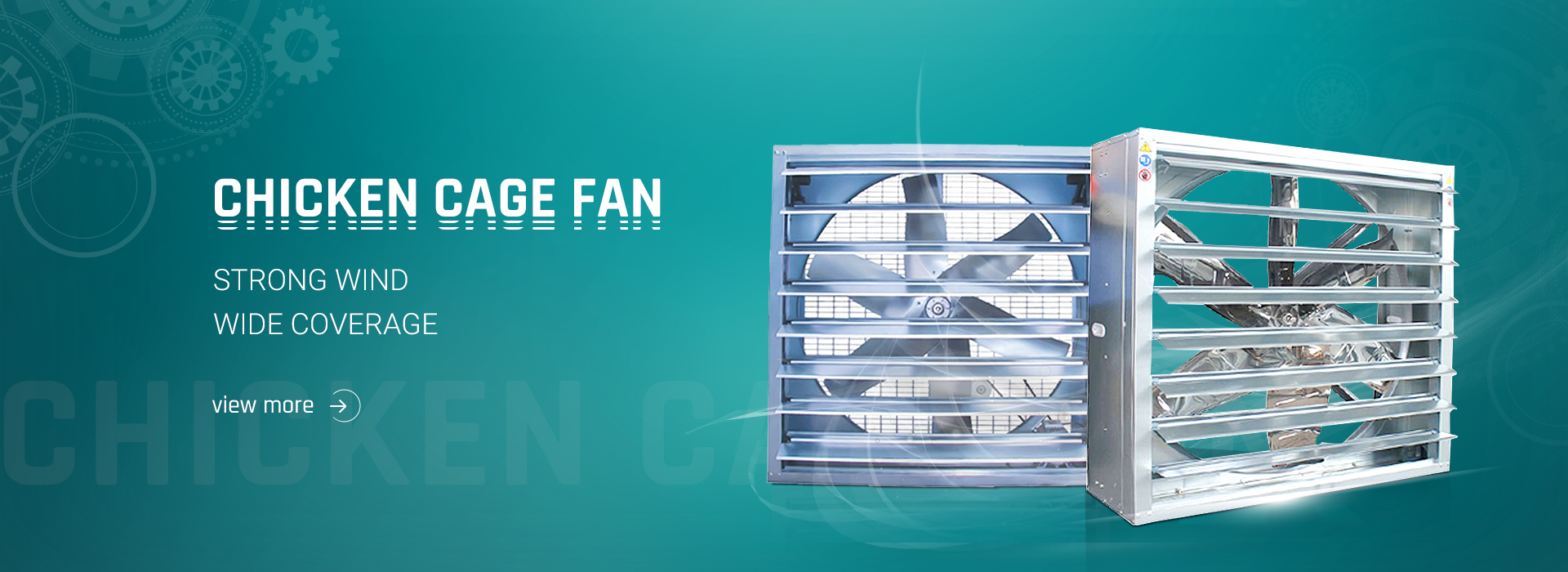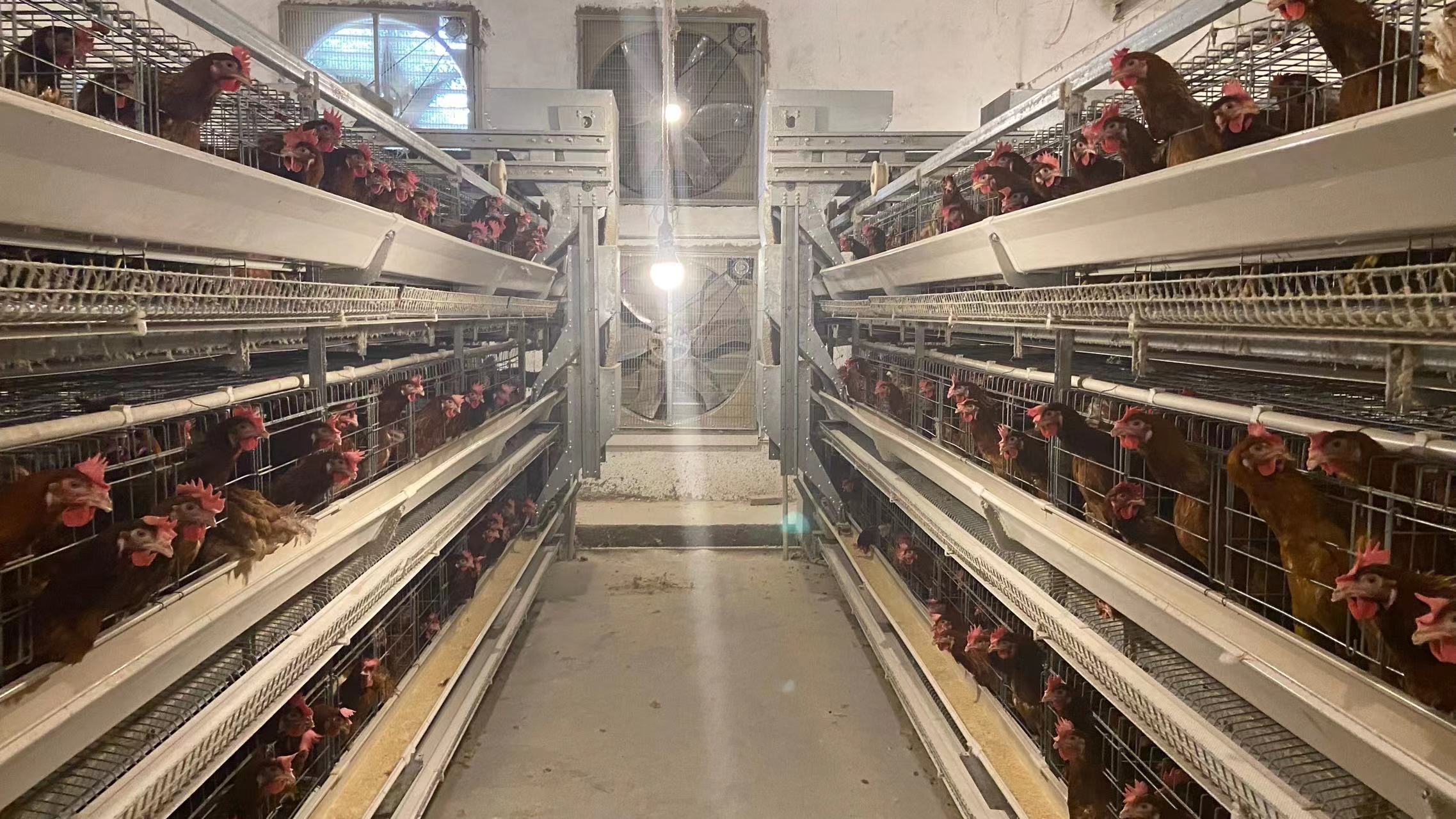There are generally three methods of disinfection in chicken farms (with chicken disinfection, drinking water disinfection and environmental sanitation disinfection). These three disinfection methods can respectively cut off the transmission routes of various pathogenic microorganisms. Disinfection with chicken (spray) can kill pathogenic microorganisms in the air of the chicken house, the surface of the chicken body, the ground and the wall, etc. It is of great significance to prevent the infection of chicken respiratory diseases, and also reduces the harmful gas in the chicken house. At the same time, it can also achieve the effect of heatstroke prevention and cooling; drinking water disinfection can kill pathogenic microorganisms in the drinking water of chickens, and can purify the intestinal tract; environmental sanitation disinfection includes disinfection of chicken farm grounds, chicken farm aisles and transportation vehicles. There are many farmers who often drink disinfectant for chickens, thinking that chickens will not develop diseases. In fact, this is a wrong understanding. Scientific and reasonable disinfection of drinking water can reduce the occurrence of intestinal diseases in chickens, but it has no effect on preventing respiratory diseases, and needs to be combined with chicken (spray) disinfection. Therefore, the above three methods need to be combined with each other to sterilize chickens in order to achieve the purpose and effect of disinfection.
What kind of disinfectant is the best for disinfection of chicken coops?
1. Sodium hydroxide (caustic soda, caustic soda): commonly used in a concentration of 1%-2%, it is used for environmental and article disinfection, and can also be used in disinfection pits. Corrosive to metals.
2. Formalin: It contains 37%-40% formaldehyde solution, which has strong bactericidal and virus-killing effects. It is often used for fumigation and disinfection with potassium permanganate, and 0.5%-1% solution can also be used for spray disinfection.
3. Xinjieerfen: 0.1% concentration is used to disinfect the hands of breeders, and sterilize and soak surgical instruments and instruments for 30 minutes. The disinfection effect of feces and sewage is not good, and the effect of Xinjieermin disappears when it encounters soap.
4. Alcohol (ethanol): 70% concentration for disinfection, mainly used to disinfect the hands and skin of breeders.
5. Iodine (iodine tincture): 3%-5% iodine is used for disinfection of injection sites and surgical sites.
6. Peracetic acid: effective against bacteria and viruses, 0.3%-0.5% solution can be used for various disinfection. Available now.
7. Sterilization: Contains oxidants, effective against bacteria and viruses.
8. Potassium permanganate: strong oxidant, 0.05%-0.1% solution can be used for drinking water disinfection.
9. Creosol soap solution (Lysuer): 1%-2% solution can be used to disinfect the hands and equipment of breeding staff, and 5% solution can be used to disinfect poultry houses and venues.
10. Quicklime (calcium oxide): It produces calcium hydroxide in contact with water for disinfection. 10%-20% lime milk can be used to paint walls and disinfect floors. Lime milk should be used immediately.
Post time: Aug-16-2022




